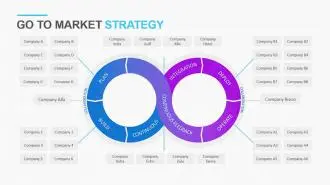Summary / TL;DR
The 4 Ps of marketing—product, price, place, and promotion—form the foundation of an effective marketing strategy. Developed in the 1950s and refined by E. Jerome McCarthy, this framework helps businesses align offerings with market demands. 'Product' involves understanding customer needs and adjusting design and features accordingly through the product life cycle. 'Price' balances perceived value, production costs, and brand positioning, with discounting requiring caution to avoid devaluing a product. 'Place' refers to distribution channels and the strategic positioning of goods, both physically and online, to suit target demographics. 'Promotion' integrates advertising, PR, and digital channels to ensure visibility and message consistency. With digital transformation, the model expanded to include people, process, and physical evidence, addressing employee representation, customer service expectations, and tangible brand cues in online environments. These extended Ps offer a holistic view for brands navigating modern competition and consumer behaviour.
Effective marketing involves key elements such as price, place, and promotion, all crucial for a successful business campaign.
With the ever-increasing market competition, the need to stay relevant and on top of consumers’ “must-have” list is more than ever. And this is where the 4Ps of marketing theory can come to help you.

Described as a framework, the 4 P’s of marketing represent the key elements of an effective marketing campaign. In brief, they are:
- Product: Primarily, it characterises the products or services a business provides to its customers. A product’s design, features, quality, packaging, and branding are all important considerations.
- Price: Customers must pay this amount to purchase the product. Pricing should be competitive, profitable, and meet the target market’s needs.
- Place: This refers to the distribution channels and methods used to make the product available to customers. As well as physical locations, online channels can play a part in this.
- Promotion: A business engages in these activities to market and promotes its product to customers. The promotional mix includes various tactics like advertising, sales promotion, public relations, and direct sales.
Are you wondering what it’s all about? Read on to know!
The 4 Ps Of Marketing — The Origin
Before we get into how you can use the 4 Ps of marketing to boost your sales, it’s helpful to briefly touch on the origin of this strategy.
Also called the marketing mix, the 4 Ps of marketing was a concept developed in the 1950s by Neil Borden, a professor of advertising at Harvard University. Several other professionals in the marketing field later refined this strategy. Finally, a marketing professor at Michigan University, E. Jerome McCarthy, named the updated version of the marketing mix as “4 Ps Of Marketing.”
But what do these 4 Ps refer to? The 4Ps are among the most critical factors of a successful marketing strategy- product, price, place, and promotion. Your marketing blueprint must include the product price, place and promotion for optimal engagement with your intended demographic.
In hindsight, the four Ps of marketing take into account several important aspects, like:
- The demand of customers
- The degree to which the product service satisfies the needs
- Why it fails to meet the demands
- How the product or service is perceived among the target audience
- How the product or service stands out among competitors
- How the manufacturing company executes marketing communications
The Four Ps Of Marketing Mix Explained
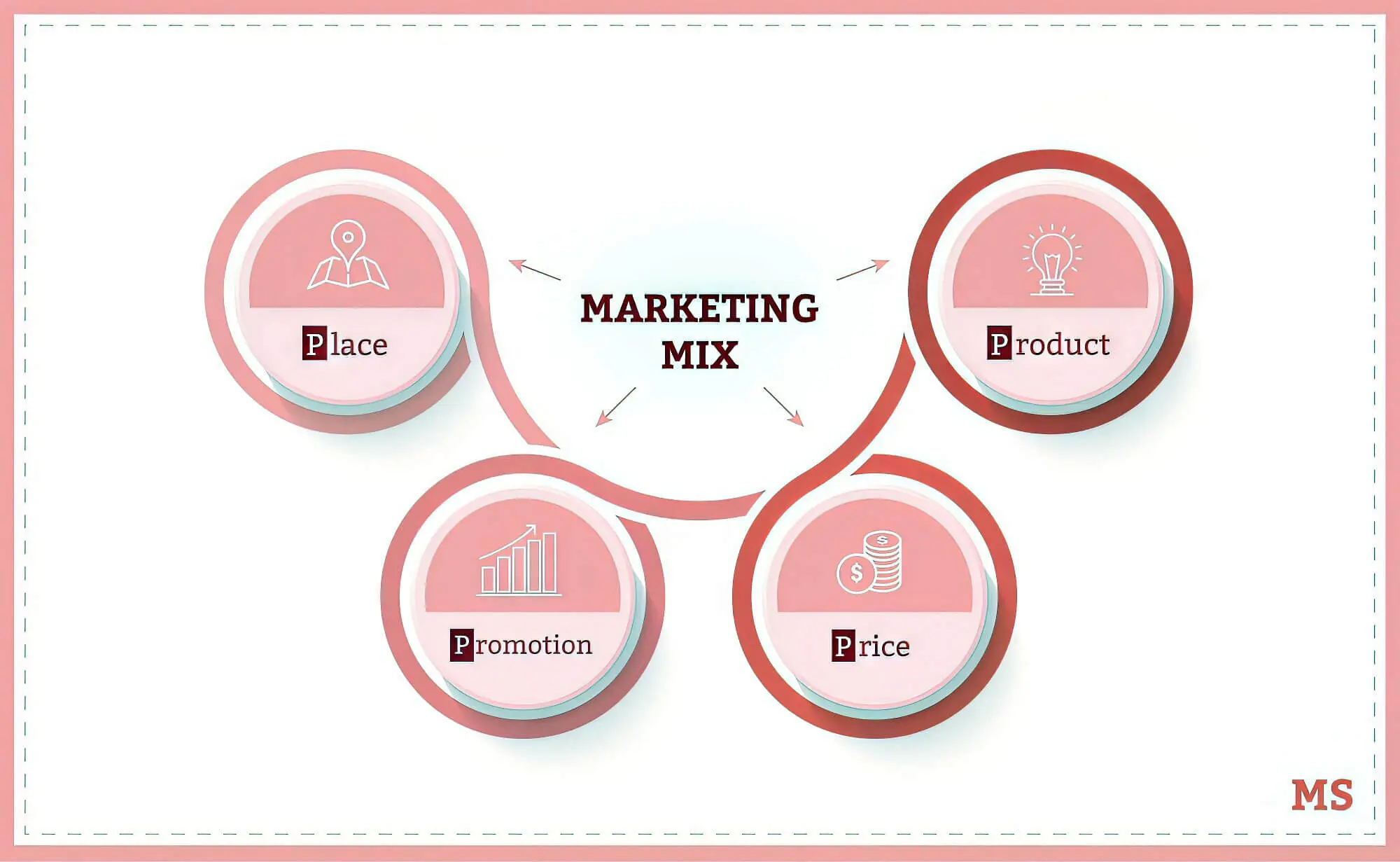
The four Ps of marketing were indeed introduced at a time when eCommerce was a distant reality, and the market only comprised tangible stores and in-person communication. Hence, marketing strategies back then focused only on eradicating physical barriers that could hamper market reach. For instance, companies would focus on opening new branches in urban areas and conducting in-store surveys.
However, with the boom of the internet and eCommerce, the definition of a successful marketing plan has evolved. Today, companies face the bigger challenge of attracting potential customers, creating new ones, and retaining a loyal customer base.
Interestingly, the four Ps of marketing remain relevant, with newer marketing channels emerging to help businesses stand out among the crowd. On that note, let us tell you about the four key elements you should consider for a successful marketing plan.
1. Product
You may think putting a relevant product or service out there for your target audience is enough to draw them towards it. However, it’s no secret that advancements in science and technology have dramatically impacted how products and services are developed today. And almost every product or service has become replaceable, so why should your target consumers choose yours?
This introduces the PS product aspect of the marketing mix into focus. When you sit down to plan your marketing strategy, start with getting a thorough understanding of the product or service by asking:
- Who is the product aimed at?
- What makes it a standout?
- Which feature/features can become its USP?
Thus, the initial objective of your marketing campaigns is to showcase the product to an apt audience properly so they become compelled to try it. In other words, it should push widespread product adoption in the right direction.
The most successful products are the ones that create the right first impression! But of course, we don’t mean to say that you should ignore performance and quality.
Another thing to remember is that businesses should have a plan ready to deal with the product at every stage of its life cycle. This cycle is the time between the introduction of the product and its discontinuation. For example, you may need to tweak the product or its price during the later stages of its life cycle to meet changing customer needs and compete in the dynamic market.
Besides, a detailed “product definition” will play a crucial role in its pricing policy.
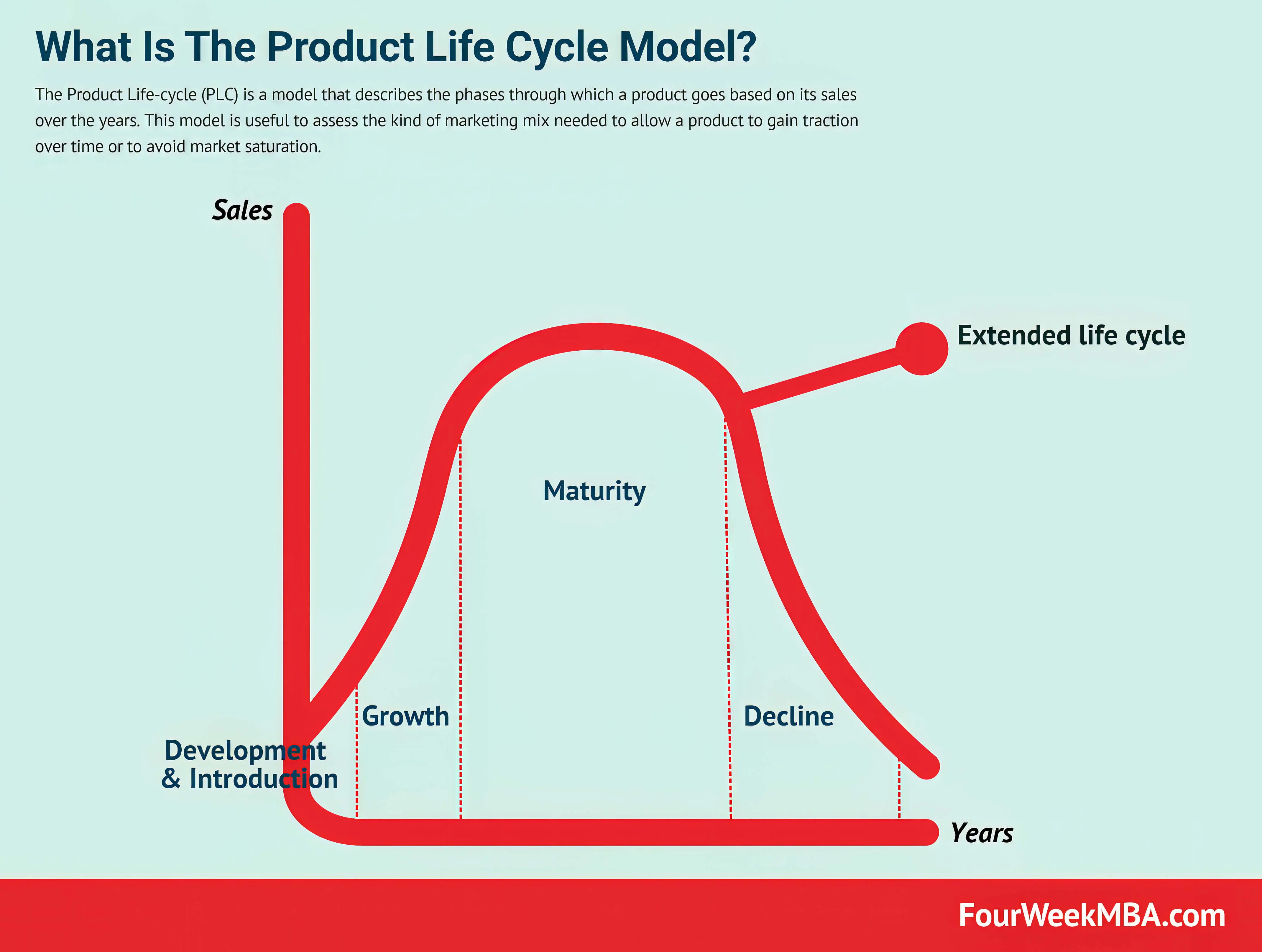
2. Price
The price customers are willing to pay for your product depends on various factors, including its real and perceived value. Consider aspects like manufacturing, transportation, distribution channels, markup, and supply costs, plus any planned discounts.
Generally, products entering the market often follow an aggressive pricing policy, meaning the prices are kept extraordinarily low to attract customers. And once customers get hooked to the product, companies can afford the luxury of increasing the costs to make optimal profits.
In other cases, a company or brand may use the price tag as an indicator of luxury or exclusivity. Take the example of Rolex watches, among the most expensive ones in the world and a status symbol for many. But keep in mind that the brand has been justifying its premium pricing with the quality of its products.
The pricing of your product can become a deciding factor for customers when perceiving its value, especially when it comes to promotional or seasonal discounts. Although discounts are almost always related to better reach and sales, they may also send out the wrong message that the product has become less desired.
So, product marketers should take special care to ensure the changing prices don’t push away potential customers.
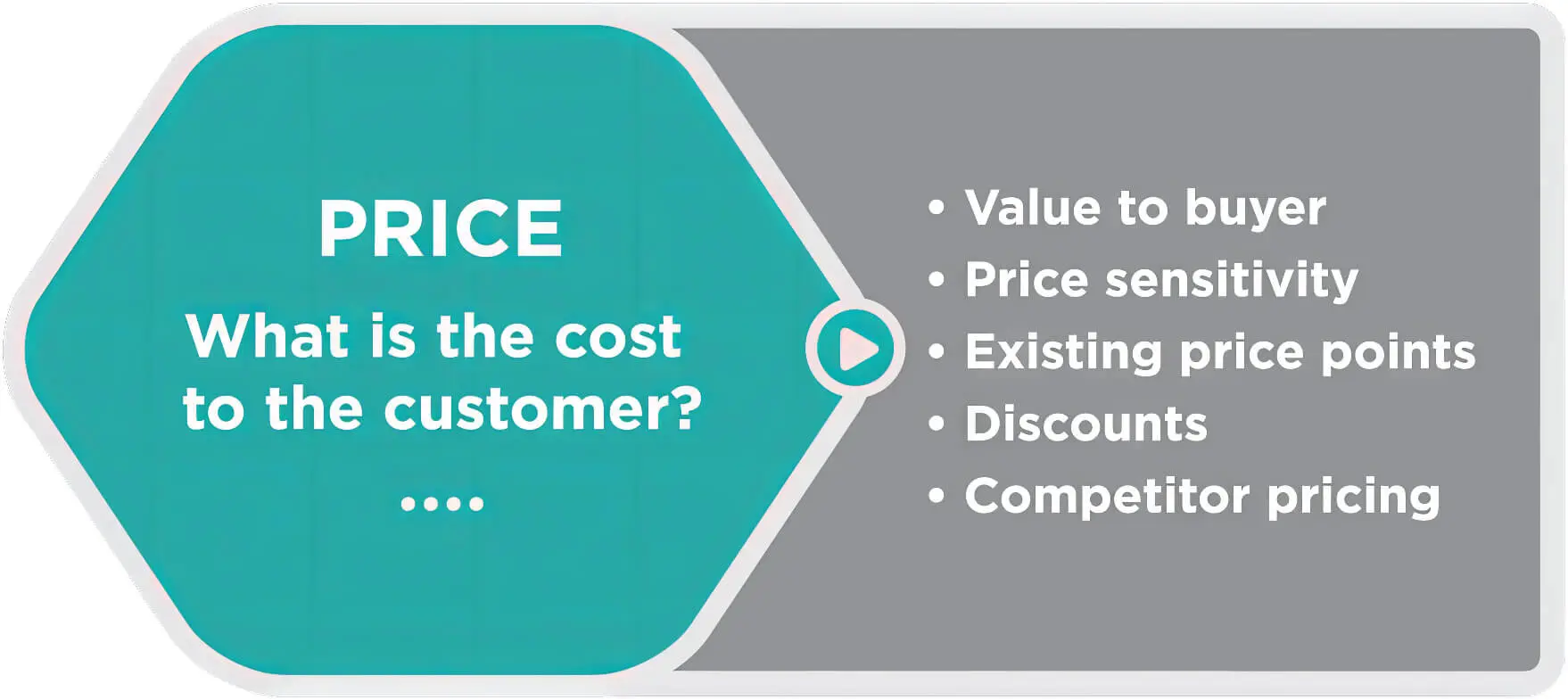
3. Place
The third P, place, involves the physical location and virtual presence where your merchandise is showcased. And it’s not just about shelf position or packaging colour!
Consider this: you own a luxury skincare brand (equivalent to Chanel Beauty). Naturally, you are less likely to sell your products through Walmart, as its customers aren’t looking for expensive products in the physical stores or on the Walmart website, for that matter.
The place is among the critical factors of a product promotional strategy because it brings the product to the direct attention of the desired consumer base. For example, buyers of Chanel or other premium beauty brands are highly likely to visit Sephora to get the proper foundation or perfume.
This aspect has another meaning in the marketing concept- the placement of advertisements. Companies must select the most effective advertising approaches to present their offerings to an appropriate audience. If you own a quirky clothing brand for youngsters, social media advertisements will give you the desired reach compared to traditional television commercials.
4. Promotion
Lastly, product promotion strategies communicate the right message that the product they need is on the market with the correct price tag. Contrary to popular belief, product promotion is not only advertising but an amalgamation of other strategies like customer interaction, public relations, and online marketing (including email marketing).
Long story short, it’s the mix of all the strategies required to introduce a product or key changes in its features as and when needed.
More than ever, successful marketers are scrutinising the place facet amidst the digital era. For example, where the product images appear on the brand website or social media pages can influence how much attention they will draw. Likewise, the type of search functions that will bring your Google advertisements to the top of the search results is considered before planning the promotion mix.
Thankfully, with the advent of content marketing strategies, you can draw focus to your products and the brand story for maximum customer connection. Furthermore, the right digital marketing strategies can help you profit most from online targeted ads and content placement.
You can also utilise integrated marketing communications (IMC), which refers to the integration and coordination of various communication platforms to ensure consistency of message delivery. IMC ensures that consistent marketing messages reach the clientele irrespective of the medium irrespective of the delivery channel used.
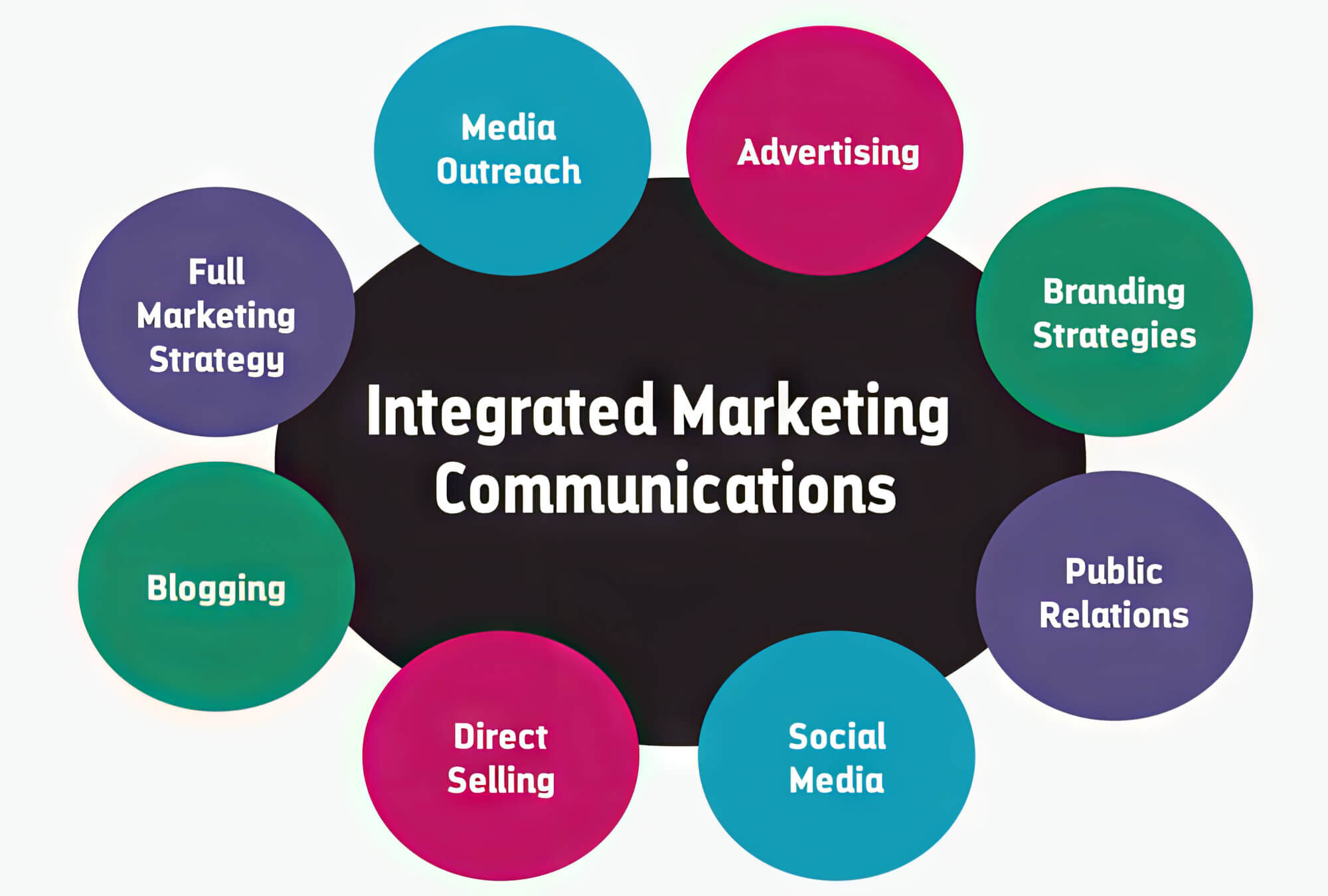
What Are The Extended Ps Of Marketing?
There’s no denying that the 4 Ps of marketing have been instrumental in designing effective marketing strategies.
However, as the market flooded with more brands and increased competition, other factors became necessary for creating the right marketing strategy. Additionally, technological advancements and the expansion of eCommerce necessitated a comprehensive approach to targeting a suitable audience base and increasing sales.
As such, the four Ps of marketing were expanded to include three more Ps around the 1950s, and the resulting marketing mix became the Holy Grail for brands in the 21st century. These Ps include:
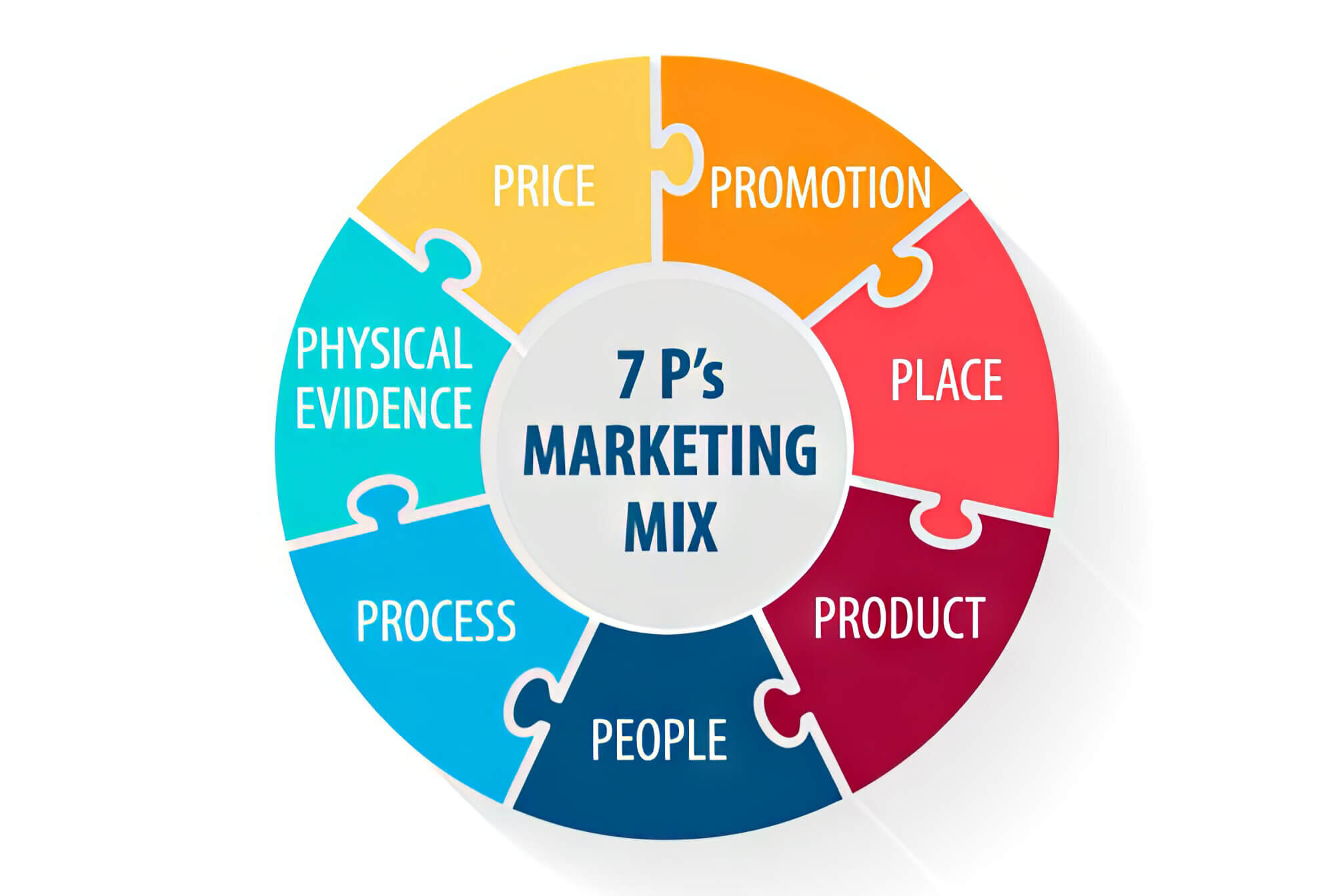
1. People
Most readers may think that people refer to the audience or customer base a brand targets in marketing. However, this isn’t quite the case, as people in a marketing strategy involve the people who represent your product.
Before the internet and social media, people in a marketing mix mainly comprised everyone directly or indirectly involved in marketing a product or brand.
This meant the total workforce was involved at every stage, from production to sales. If the business executives and staff don’t resonate with the brand ethos and vision, they can’t fully contribute to a successful marketing strategy and optimal sales.
Aside from that, the people factor included how employees engage with customers, as customer service can make or break your brand. Even today, pursuing basic marketing as a managerial approach, firms continuously seek methods to enhance customer engagement, notably within retail contexts.
Likewise, how customers communicate among themselves when talking about your brand or product also largely dictates its perceived value. And this will influence the promotional and pricing strategies to a great extent.
Internet technology and social media platforms have also made online influencers a part of this realm. Remember that the most prominent influencers with large follower counts will only collaborate with the best brands, especially for paid promotion campaigns.
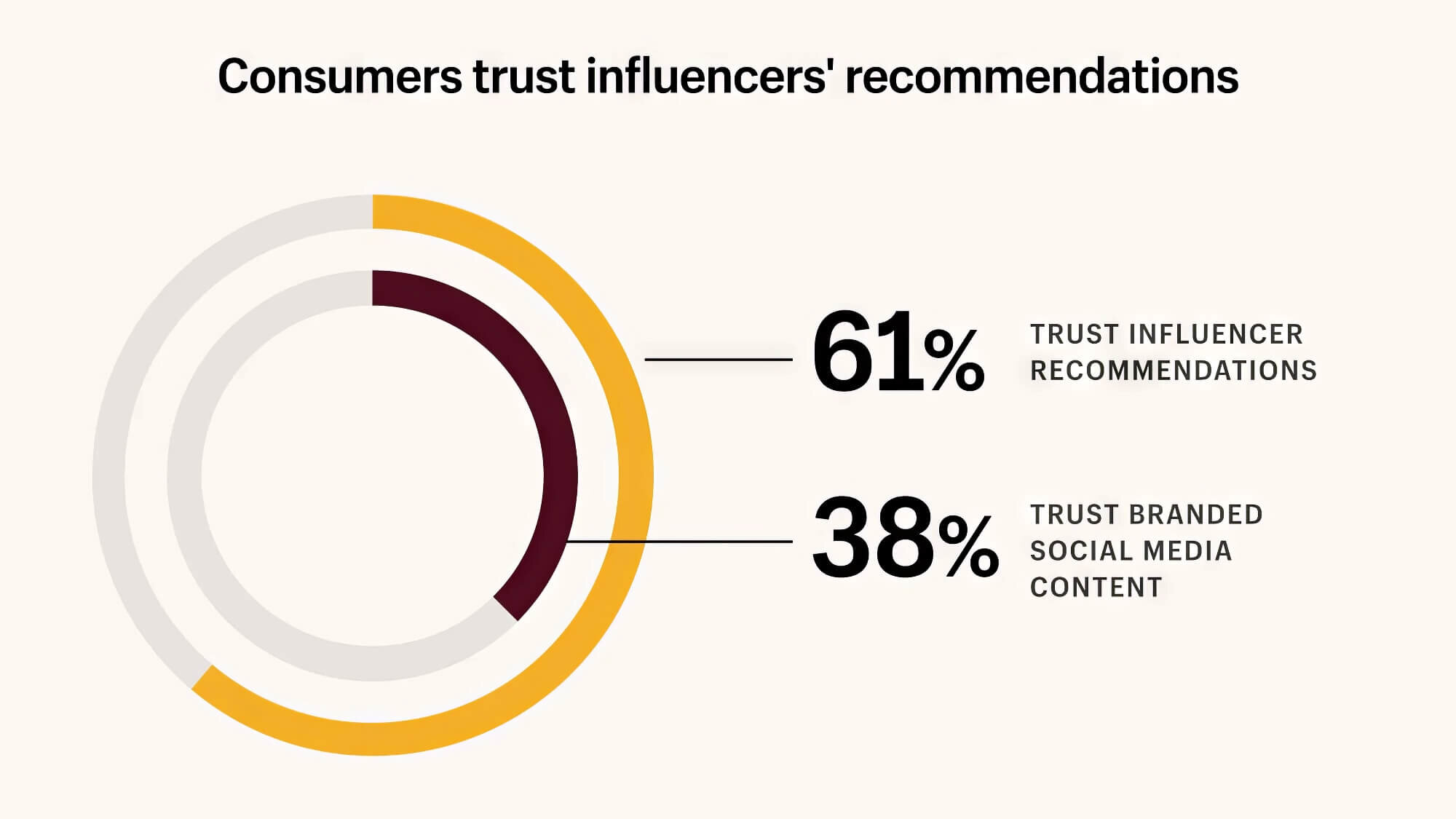
2. Process
The term “process” is pretty much all-invasive, as it includes all the processes required for the seamless production, distribution and sales of the product and the discharge of after-sales services. Product and service companies today adopt standardised procedures to facilitate fast and effective production and delivery without compromising quality.
Especially considering the increasing popularity of eCommerce in every field, consumers have an ever-increasing demand for fast deliveries over large geographic areas. Similarly, the need for fast and effective customer service, including return and refund policies, is at an all-time high.
Hence, consistency in people process and physical is crucial for customer attraction and retention.
3. Physical Evidence
Physical evidence is perhaps one of the key factors that have found a place in the extended Ps of marketing, courtesy of the eCommerce boom.
Unlike physical outlets where customers can see and feel the product’s packaging first-hand, websites require them to rely on the images and screen resolution. As a result, the packaging and colours of the products should be enticing enough to drive purchase decisions in the brand’s favour.
Aside from that, you should mention every piece of relevant information on the packaging and website. For instance, if you own a jewellery brand selling products online and offline, you should clearly state the authenticity of the materials used and any license or certificates.
Similarly, service-providing companies can have dedicated sections for your portfolio, client testimonials and working principles to aid decision-making.
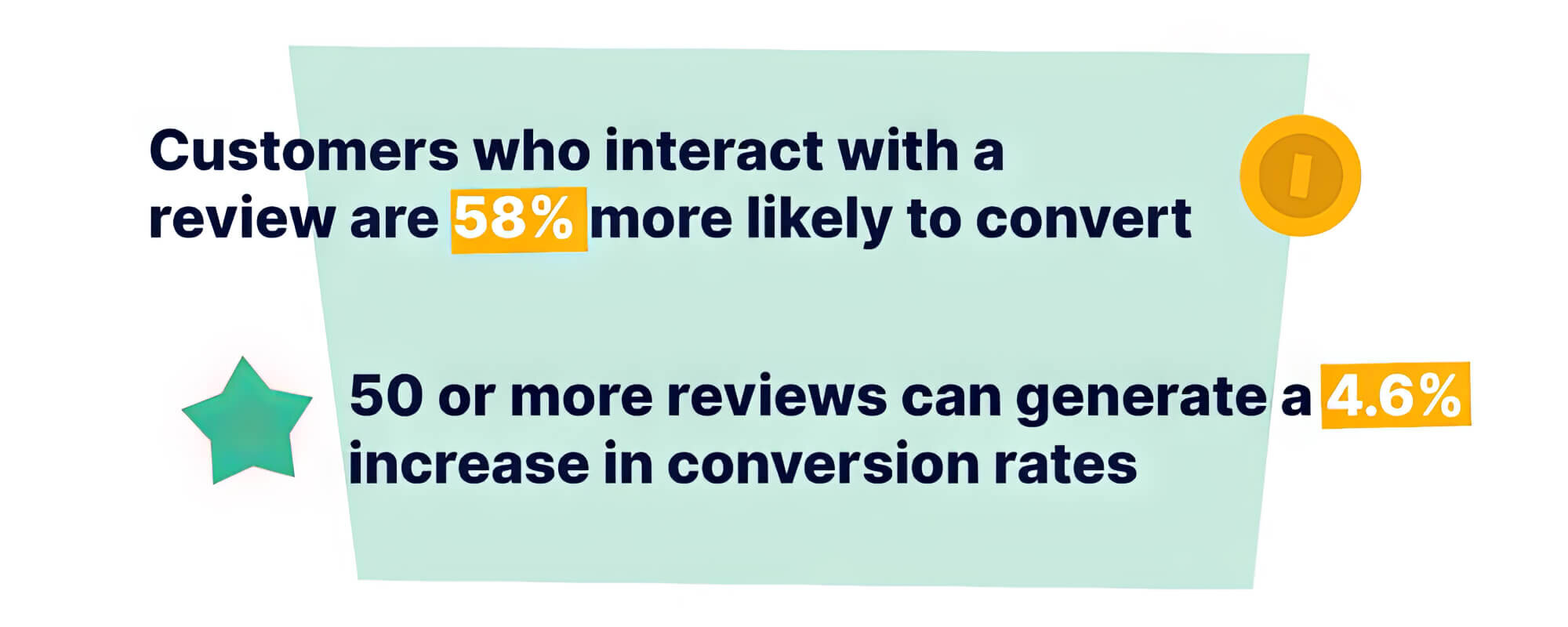
How To Effectively Use the 4 Ps Of Marketing For Creating An Effective Marketing Strategy?
As you may have already figured out, the first step of any successful marketing strategy is identifying the characteristics that set your product or service apart from its competitors. This will, in turn, help you determine the USPs (unique selling points), which can then be used to justify the pricing (especially in the case of premium products). At the same time, it will help shape the promotion strategies, among other things.
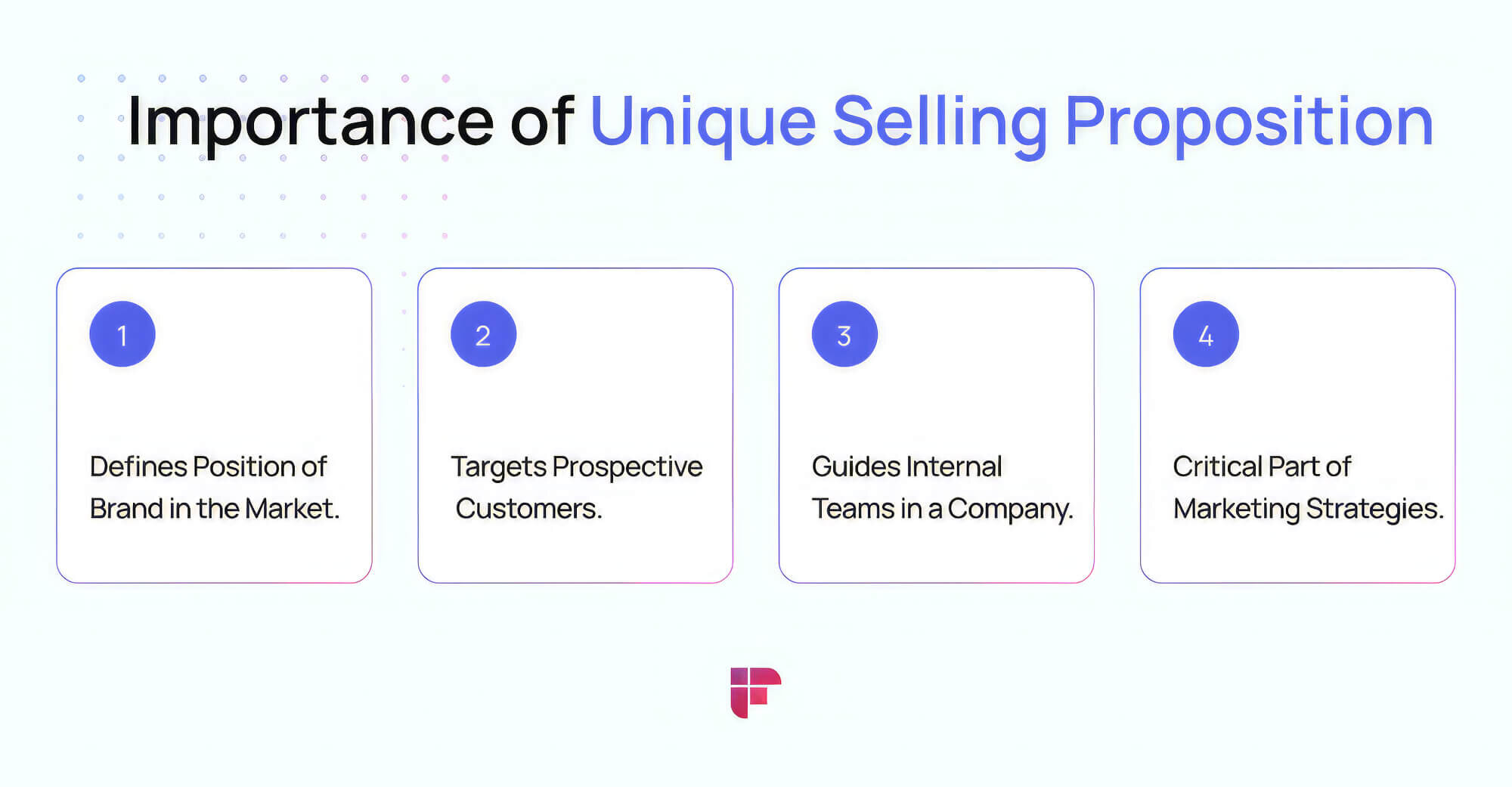
However, you cannot achieve this within a day. You must conduct thorough market research to see how similar products, especially the market leaders in your category, are being marketed. After all, there’s no harm in seeking inspiration from the best!
The next important step in the process is determining the correct pricing according to the desired perceived value of the product. You may opt for the highest price range if targeting the luxury brand market is on your mind or choose lower price brackets for “universal” accessibility.
When deciding the place, factor in important aspects like the “shelf space” allotted to your product and the distribution channels. In the case of the latter, many brands select a suitable distribution channel following the determined price. This is to say they choose a medium that best suits their budget.
However, a better way to go about this step is to identify the best distribution channels that can help maintain the quality of your product during transit. This is especially necessary for perishable products.
Talking about promotion, using the right media channels according to your target market is the key. Depending on your target audience, this can be a mix of traditional practices (A/V and newspaper ads) and modern tactics like social media content and PR activities.
What About The Extended Ps Of Marketing?
The extended Ps of marketing almost always run along with the other Ps. For instance, your product analysis will give you a precise idea of your brand mission and message, making it easier for your staff and other people associated with the distribution channel to adopt them.
Your after-sales service and customer interaction will also depend on how you want the product to be used or placed on the market. Standardising the processes and brand or product policies can also be achieved during this stage, as can putting out physical evidence for potential customers to have unlimited access.
Mastering the 4 P’s of Marketing: Key Takeaways for Success
In conclusion, we’d say that basic marketing is a dynamic process, one that requires continuous efforts and investment. More importantly, your marketing strategy shouldn’t be static but flexible to accommodate the growth of your products and the needs of the changing market and audience base.
Understanding the four Ps of marketing does help, but that’s just the beginning. Planning the right marketing strategy can be overwhelming, especially if you’re just entering the market. You may also need the help of professionals regarding technical aspects of marketing on the web.
If that’s the case, please contact the team at sitecentre®. With our team of experts, you can stay ahead of your competitors through web hosting, SEO, and our superior customised digital marketing strategies.
We’ve covered the marketing mix in this guide! For more information, check out our blog on the best lead-generation strategies.

